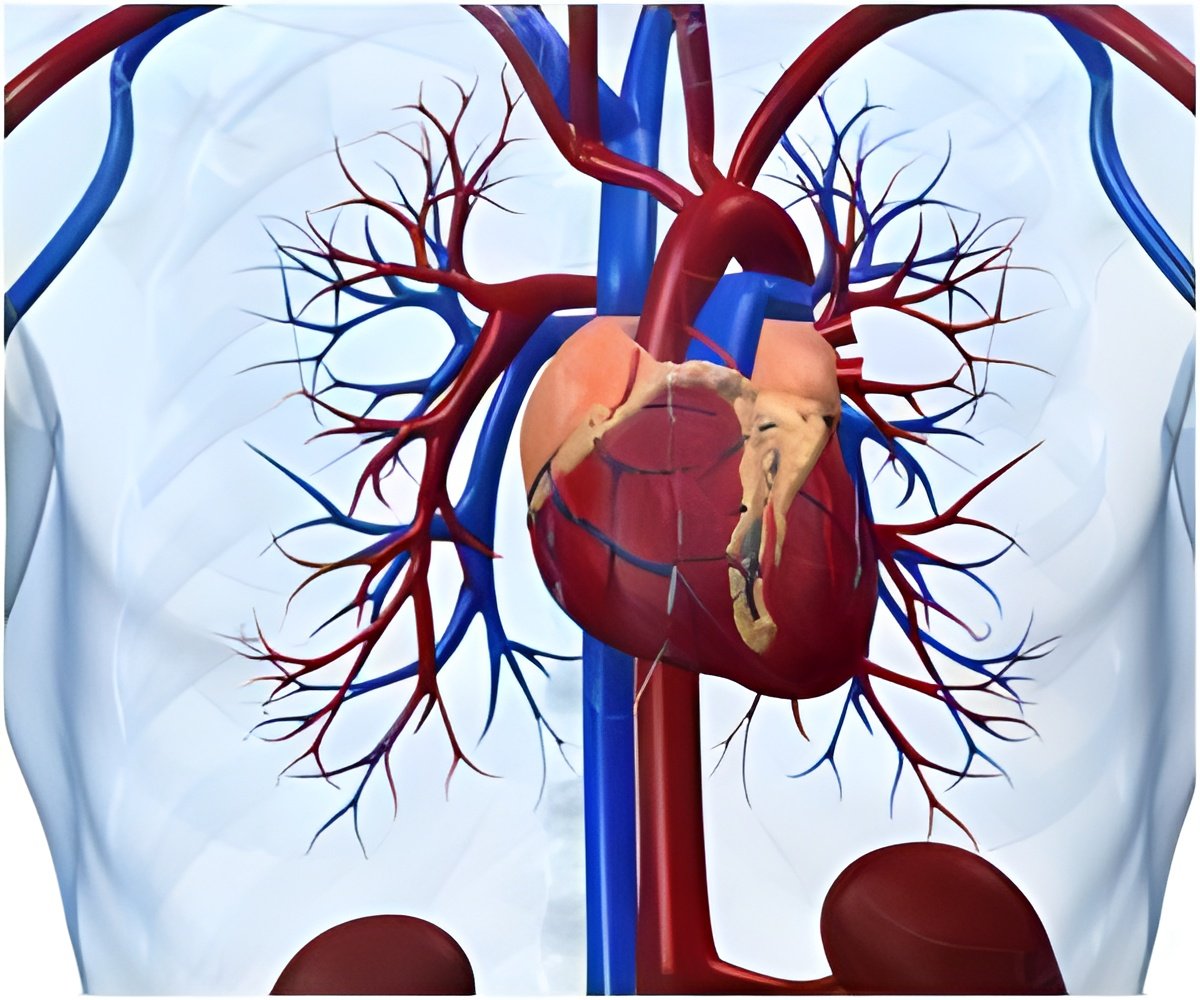
In the study, researchers used a modified version of the pulse oximeter currently used to detect various sleep disorders during the night, such as apnoea. The method is based on the measurement of five components of the signal from the finger: pulse wave attenuation, pulse rate acceleration, pulse propagation time, respiration-related pulse oscillation and oxygen desaturation.
"We then weigh up these components in a model to assess how great a risk the patient runs of cardiovascular disease," says Ludger Grote, associate professor at the Center for Sleep and Vigilance Disorders at the Sahlgrenska Academy and senior consultant at Sahlgrenska University Hospital. "We believe that the patient’s values reflect the risk at least as well as the individual’s risk factors ’on paper’."
The method may result in quicker and easier identification of patients at high risk of cardiovascular disease. It is hoped that it can also be used to assess the effects of treatment for cardiovascular disease, such as how weight loss and exercise can help prevent problems.
The results were published recently in the journal Chest.
Source-ANI















